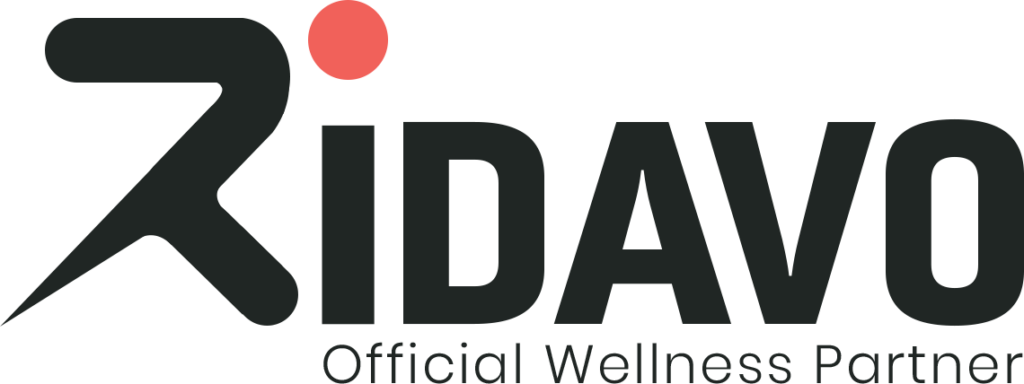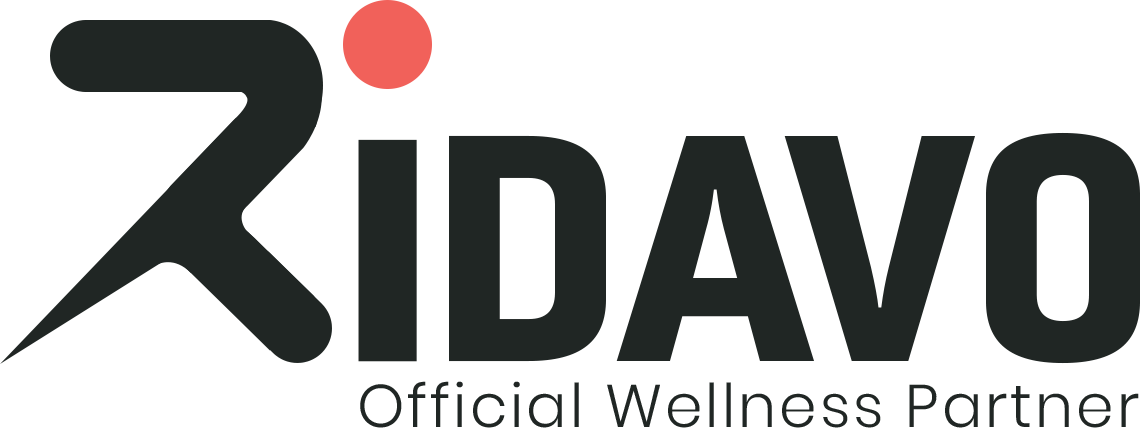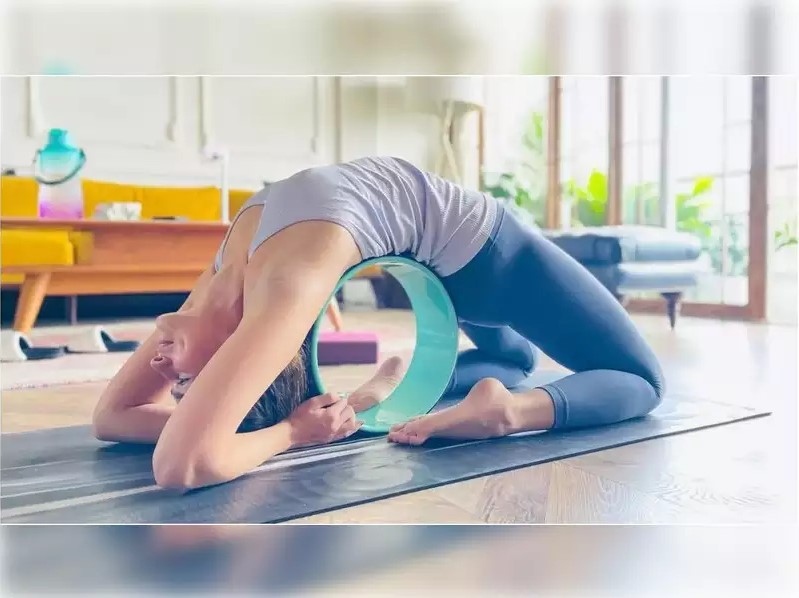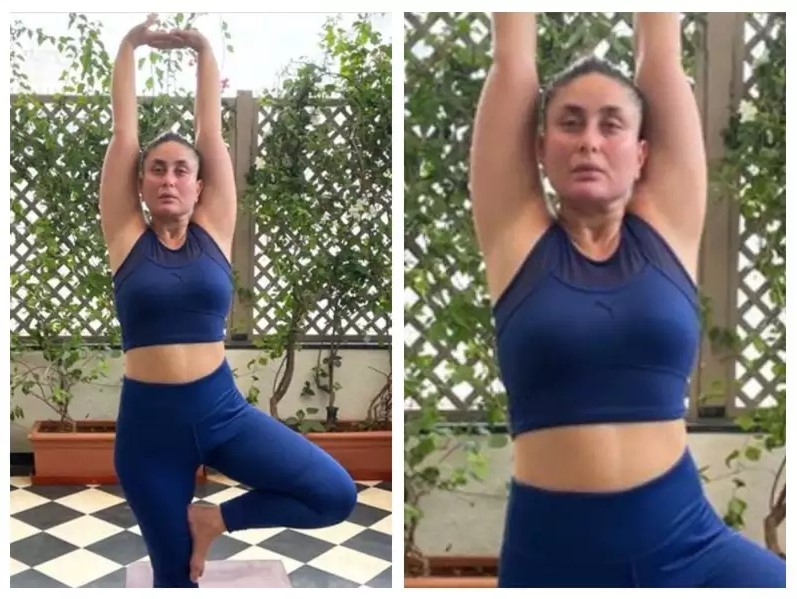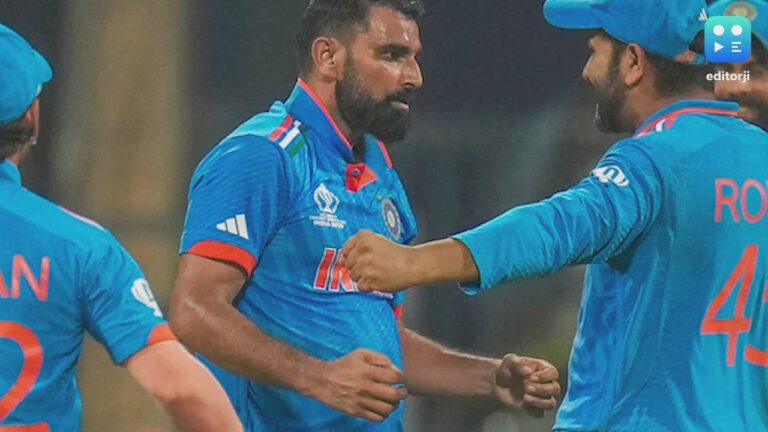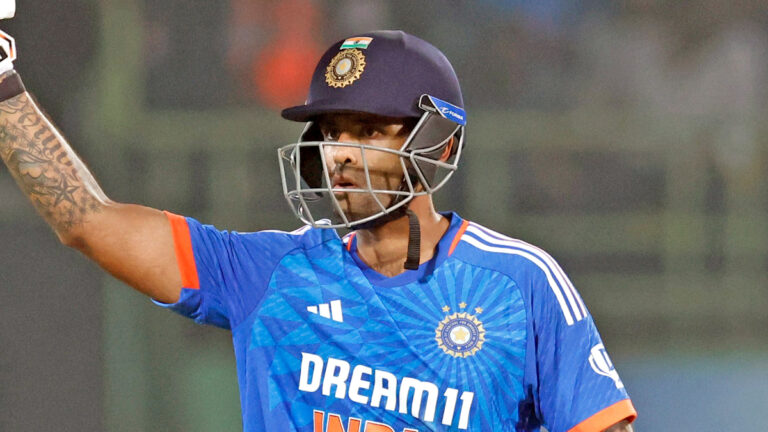CES is the go-to annual show to see the latest and greatest when it comes to innovative technology. While the partially in-person, partially virtual 2022 event looked a little different than normal, nothing stole the show quite like the developments in digital health, especially amidst the global pandemic. Digital health is broad: anything from mobile health, health IT, wearable devices, telemedicine, apps and software, and even artificial intelligence and machine learning in the healthcare vertical. It was extremely apparent this year that even at the basic consumer level, we’ve seen more advancements in the last two years in digital health than in the decade prior. These advancements are helping lower costs, improve healthcare quality and save lives while enabling individuals to take control of their health.
CES 2022 put such an emphasis on digital health that for the very first time, they reserved a spot on the main stage for a keynote from a healthcare company (Robert B. Ford, president and CEO of Abbot). In total, more than 100 healthcare companies exhibited in the expo, more than any year in the show’s history. These exhibitors showcased groundbreaking devices, applications and concepts that are shaping the way patients will interact with healthcare clinics moving forward.
Through all of the new technologies focusing on the well-being of individuals, we noticed several key themes. As a result, we’ve captured five ways that digital health is taking over the healthcare vertical:
Wearables get an upgrade: Data-driven bio-sensors
While consumer wearables have been accessible for years (the first Fitbit Classic launched in 2009 and the first Apple Watch debuted in 2015), they continue to get more advanced and are now playing a critical role in improving and saving lives.
MoNoA Health tracks stress levels throughout the day by creating a wearable device that identifies physical triggers and signals typically associated with stressful moments. The MoNoA wearable measures electrodermal activity and its temperature throughout the day (as well as steps, distance and calories) and alerts you when it may be time to take a step back and listen to what your body is telling you. In these moments, they have a mobile health app to help coach you through these moments.
Movano took a page out of Oura’s book to introduce a new smart ring and a corresponding mobile health app. While smart rings haven’t quite taken off like other wrist wearables, Movano is hoping to provide competition for Oura with a new smart ring that tracks sleep, heart rate, respiration, blood oxygen, steps and calories burned. In future iterations of the ring, Movano has expressed an interest in also tracking blood glucose and blood pressure monitoring.
Revival Health is taking bio-sensors to the next level, with an always-on approach to gathering and sharing health data so that patients have convenient care at any hour of the day. These bio-sensors capture enormous amounts of data to offer advanced health AI that learns about its subject and provide personalized insights into health. Their biometrics kit includes wearable tracking for respiration rate, heart rate, blood pressure and blood oxygen levels.
Revving up the RPMs (remote patient monitoring)
Companies are recognizing that many patients are interested in having the ability and flexibility to monitor their health from the comfort and safety of their homes. In turn, the remote patient monitoring market has become one of the fastest-growing areas of healthcare tech.
EarlySense unveiled its Insight+ platform, which started as a medical-grade clinical platform and has been scaled for consumer use. Their platform is an under-the-mattress sensor that collects sleep, respiratory and heart data, stores it in a Vital Signs Cellular Processing Unit and is then translated into actionable care management, clinical interpretation and use.
Omron Healthcare introduced a new remote patient monitoring tool, connected blood pressure monitors and an advanced data hub mobile app, called VitalSight. This tool can help individuals better manage their hypertension for quick notification, engagement and treatment from the patient to their provider.
Withings Health Solutions has been making a strong push in the remote monitoring space, debuted a series of health devices, like its Body Scan smart scale, which turns into a complete dashboard that tracks more than 20 different metrics. Both the patient and provider can access their system for better communication and remote monitoring.
Smarter home: Options, options, options
There’s an argument to be made about the rapid growth of smart home devices contributing to the global microchip shortage, but there’s no denying that there is tremendous value in many of these devices when it comes to improving the health of their owners. Smart refrigerators and smart shelves can help with diet planning, smart doors or smart pill containers for those with memory issues, smart doorbells and smart thermometers for safety and comfort, just to name a few examples.
Avokad developed a breath analysis device, which uses nano-sensors to give its users insight into their nutritional needs. The device measures ketones, which are key indicators of fat-burning metabolism, gives you a score and then offers AI-based advice and meal plans.
Caregiver Smart Solutions unveiled the “Age in Place Core Kit” at CES, a telehealth platform that uses sensors and AI to track movement and activity so that individuals or health providers can check in on the daily routines of their loved ones or patients.
Samsung also hosted a CES keynote, where they introduced a new smart home controller for its SmartThings ecosystem, with an 8.4-inch screen, AI, voice assistance technology and connects to every Samsung SmartThings device.
The Y-Brush is, well, just plain cool. The Y-Brush uses intense vibrations on top and bottom teeth at the same time to complete a brushing in just 10 seconds. We can only hope Michael Scott was using the Y-Brush.
Using AI and Machine Learning to bridge the gap between clinical care and self-care
Moore’s Law has continued to hold itself true as the golden rule of electronics. Quantum computing and hyperautomation through artificial intelligence and machine learning are a lot more realistic today than they seemed just a few years ago. The healthcare vertical has recognized the advantages that big data provides, and AI is helping to solve patient problems through the analysis of this data.
FaceHeart Corp. showcased a new AI solution for vital sign measurement that leverages many of the devices a patient may already own, like mobile phones, tablets and cameras. Their technology allows the positioning of a single camera lens on a person’s face, where the FaceHeart Vitals application uses AI image recognition technology to remotely measure heart rate, blood pressure, blood oxygen level, respiratory rate and stress index in 60 seconds or less.
Vivoo exhibited an at-home wellness tracker that is powered by advanced image processing and machine-learning algorithms to analyze urine and give personalized lifestyle and nutrition advice. The tracker measures key indicators of health, like hydration, calcium levels, vitamin C, organ wellness and more so that patients can make smarter health choices.
Rest easy: Identifying sleep disorders and building healthy sleep patterns
Getting a consistent eight hours of restful sleep a night is a whole lot easier said than done. Wearables and mattress technology have helped us better understand what happens during those sleeping hours, yet knowing you were restless for two hours in the night is not as helpful as solving for those restless two hours. CES had a recurring theme of improving sleep.
Maetel displayed their Zerema smart pillow, which integrates AI in the pillow itself to adjust its height to control snoring and quality of sleep. Sleep patterns can be monitored through a mobile health app.
Onera Health is using patch technology to address sleep disorders through an at-home medical-grade system. The patch system replaces bulkier wearables or complicated sleep studies and acquires data from multiple biosignals. This data is processed by digital filters on the chip itself.
Sleep Number is paving the way for cutting-edge mattress technology. At CES, they showcased their Climate360 smart bed that leverages IoT, machine learning and smart fabric to automatically adjust to the sleeper’s needs. As a user gets more sleep, it strengthens their natural immune system.
Fighting the good fight against COVID-19
We can’t make it through a healthcare technology article without addressing COVID-19. Many companies exhibiting at CES and that will be exhibiting at HIMSS are using the technology at our fingertips to identify and solve for ways to help the public against COVID-19.
Breathings promoted their Bluetooth-enabled Bulo device that specializes in measuring respiratory and lung health. As the COVID-19 virus attacked respiratory systems, lung health became a focus for patients and providers alike. By inhaling and exhaling in the device, Bulo creates, saves and analyzes data to provide breathing exercises and customized workout plans to increase lung capacity.
Humetrix developed an AI-powered platform that has helped to identify and map populations that are at a higher risk for COVID-19. Throughout the vaccination rollout, Humetrix’s platform also tracked and mapped vaccination rates.
Opteev Technologies may have the most significant product on our list, so it’s no surprise we saved it for last on our list. Their ViraWarn device is an airborne COVID-19 breathalyzer that offers a rapid diagnosis (under five seconds) when the user breathes into the device. Each battery charge can perform 200 tests.
All in all, the future of healthcare is bright, and it lives within digital health technologies. Events like CES and HIMSS will bring these life-savers into the spotlight, as more and more patients and healthcare providers acclimate and adapt to an AI-led digital world.
CREDIT: medium.com
